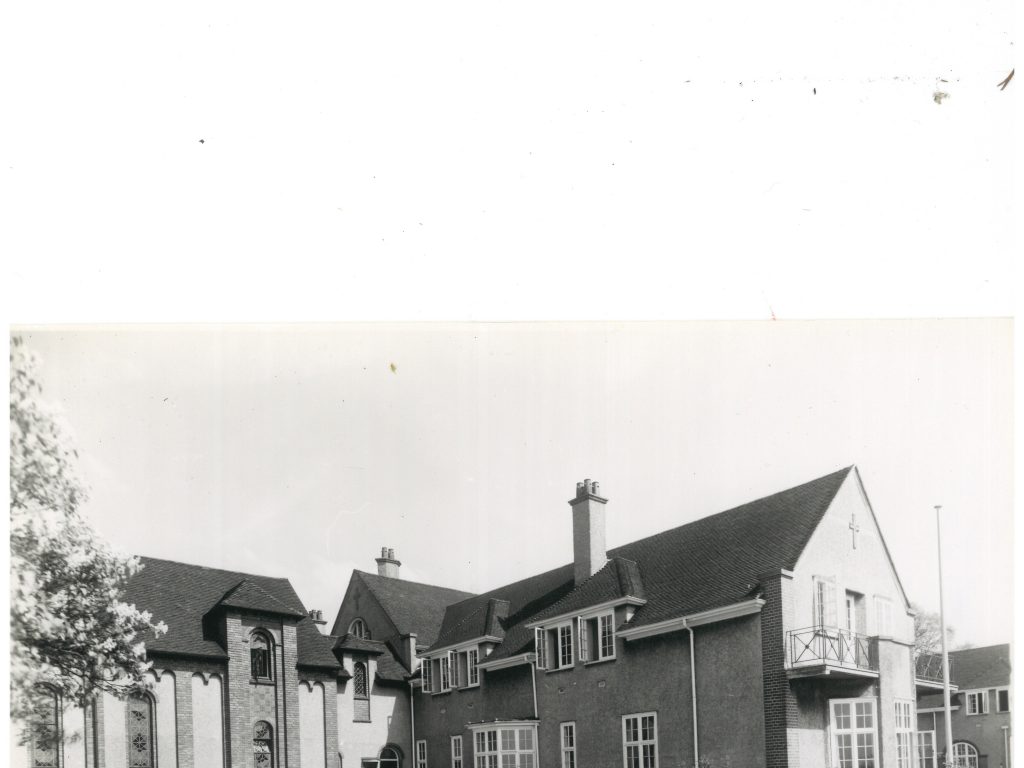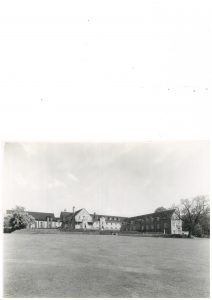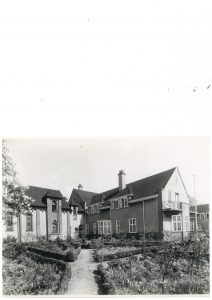Ealing at War.
Following the extraordinary event of this week, when an unexploded World War II bomb was found on a building site just beyond our school grounds, we thought it might be interesting to say something about Ealing at war, a time when people tried to go about their daily lives while living with the ever-present fear of bombing. The following map is an insight into the high explosive bombs which fell on Ealing during the Blitz from 1940 – 1941:
http://bombsight.org/#7/52.012/-0.494
Mrs Cattigan reports that, ‘We have been studying the impact of the Blitz on Ealing in Upper II as part of our work on WWII and have been scrutinising that very same website coming to the conclusion that no bombs fell near our school. However, we did also look at some articles on how Ealing was affected, including some fascinating first-hand accounts from Ealing residents at the time (including an account of how bombs fell in Pitshanger Park and Hanger Hill Park – where the shelter in the park took a direct hit and several people were killed). A ‘My London’ article has perhaps more accurate figures of bombs that dropped in and around Ealing and includes a sobering photograph of Ealing Abbey after it received a direct hit in October 1940.’ This can be seen at: https://www.mylondon.news/news/west-london-news/incredible-map-shows-bombs-were-17128000
Other fascinating articles on life in Ealing during the Second World War can be found at https://www.bbc.co.uk/history/ww2peopleswar/stories/75/a1987275.shtml
and
https://www.bbc.co.uk/history/ww2peopleswar/stories/12/a1986212.shtml
Certainly, St Augustine’s Priory stayed open and active during WWII with the cellars being used as air raid shelters and classes going on in the cellars! About a decade ago, one staff member met, purely by chance, a past pupil who remembers sitting in the grounds of the school and seeing the V-1 flying bombs following the line of the river Thames. These were operational from June 1944 onwards.
Apart from Ealing Abbey, another church in Ealing bombed during the Blitz was the Church of England church, St Saviour’s in The Grove, Ealing, which was destroyed by incendiary bombs. In 1951 it was decided not to rebuild St Saviour’s and to unite the two parishes of Christ Church and St Saviour’s with a new dedication of ‘Christ The Saviour’. Christ the Saviour is a well-known Ealing church and stands on the New Broadway on the corner of Springbridge Road.
The ‘Dig for Victory’ campaign was launched in October 1939 and set out to empower people to grow their own food. Many gardens, parks and waste places were turned into allotments. In Ealing, over 70% of Lammas Park was turned into allotments, around 40% of Ealing Common and all of Blondin Park became allotments. Another area of Ealing Common was used as an underground air raid shelter.
There are people still alive today who remember Ealing during World War II and perhaps our pupils may like to interview their grandparents or even great-grandparents for their memories of that time.
Categories: Junior Nursery Prep Priory Post Senior Sixth Form Whole School


